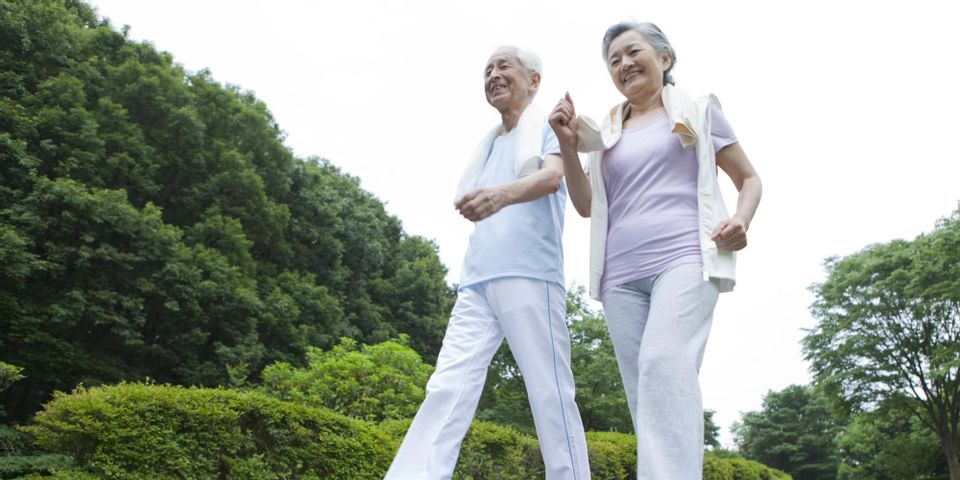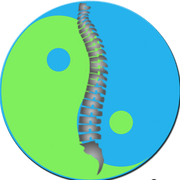
We have all heard for years that exercise has a number of amazing benefits and it does unbelievable things to help our bodies heal itself. However, are you doing it? Studies done by the AARP show that 40 percent of adults between the ages of 45 and 64, and 60 percent of adults over 64 are considered sedentary.
Many older adults worry that injury and illness can result from regular exercise, or that exercise requires a strenuous workout that they might be unable to do. However, the risks associated with NOT exercising actually prove to be the greater risk to our health and well-being, especially for seniors and the elderly. Even those in their 80s or 90s can benefit- and aside from improving all around health, it can help in maintaining independence and prevent injuries and disabilities.
Moderate exercise just a few times a week can do the following:
- Increase mental capacity
- Prevent disease
- Improve healing
- Improve quality of life
- Increase balance
- Increase Life Expectancy
According to the National Institute of Aging: heart disease, stroke, diabetes, colon cancer among other ailments can all be significantly reduced with physical activity. One of the most important benefits of exercise is increased blood flow to all parts of the body, including the brain which in turn can mean a slower mental decline among the elderly. According to the online Senior Journal, regular exercise can counteract the aging of the brain and actually prevent the onset of Alzheimer’s and dementia as well as provide improved physical function and psychological benefits.
While moderate exercise of about 30 minutes of physical activity five times a week is recommended, even brief amounts of exercise each day can provide many of the advantages aforementioned. Just 10-20 minutes of walking several times a week, can keep your diabetes, blood pressure and even weight in check! Physical activity should focus on consistency and gentle movements as opposed to high-intensity or strenuous workouts. Focus on raising your heart rate to a reasonable level, and maintaining that level for a minimum of 10 minutes.
So get out there and walk, run or ride! Many neighborhoods, retirement homes and assisted living facilities and even local rec centers have walking programs or adult exercise classes. Reach out to a local fitness center or start your own walking group, today!
Sources (AARP, seniorjournal.com, caregiver.com “exercise for Seniors” by Janet Crozier)
About the Business
Have a question? Ask the experts!
Send your question

